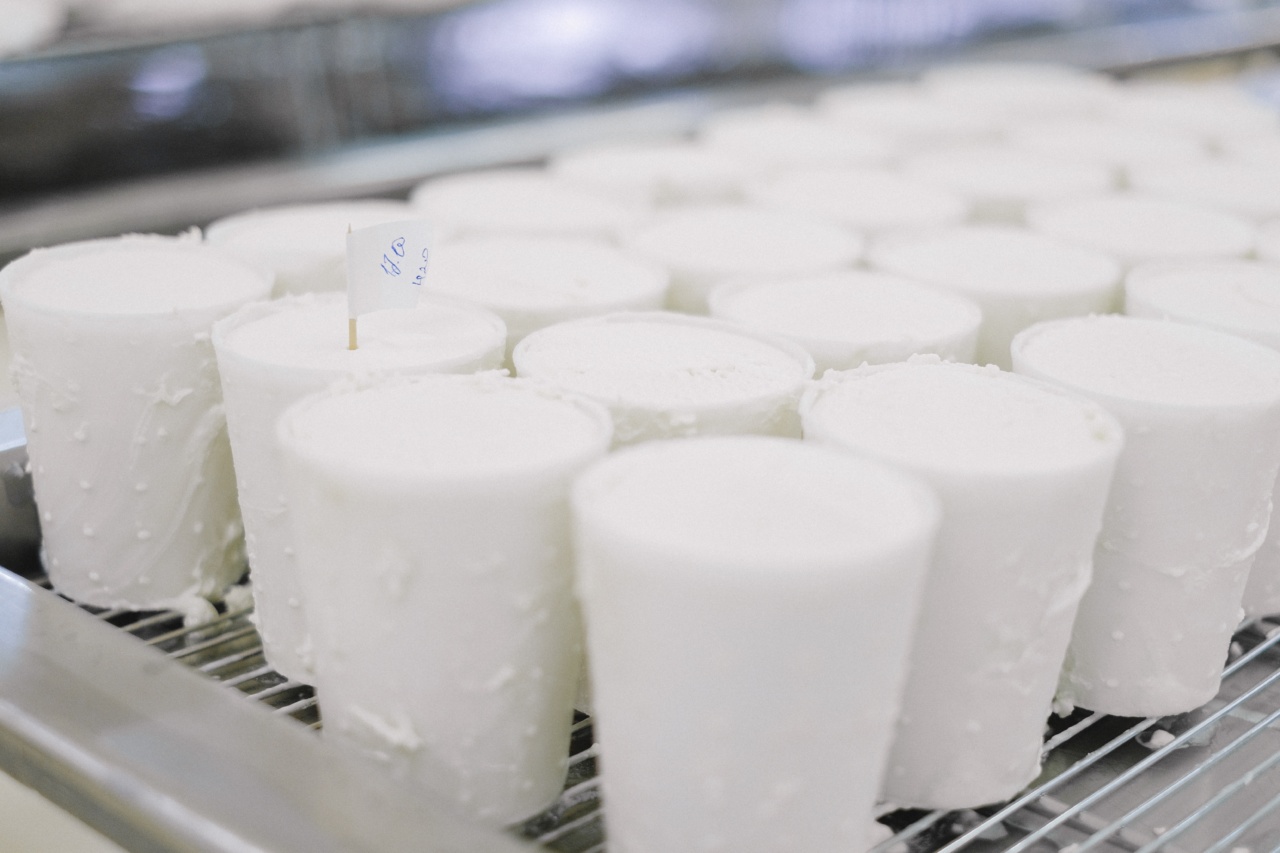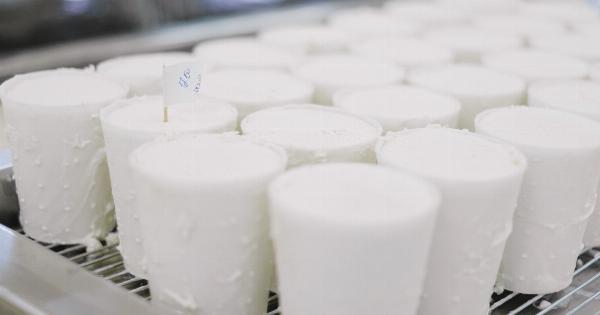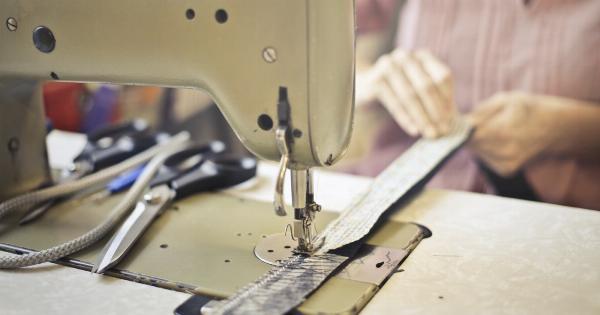One of the biggest concerns for new mothers is whether they are producing enough milk for their baby. While every woman’s body is different, there are a few steps that any breastfeeding mother can take to increase her milk production.
In this article, we will discuss some important instructions for breastfeeding mothers to help them increase their milk supply.
1. Nurse Often and on Demand
The most effective way to increase milk production is simply to nurse your baby frequently and on demand. When your baby is hungry, he or she will naturally suckle more, which sends a signal to your body to produce more milk.
Try to nurse at least every 2-3 hours, and don’t be afraid to let your baby nurse for as long as they want. The more often your baby nurses, the more milk you will produce.
2. Ensure a Good Latch
Make sure that your baby is latching on to your breast properly. A good latch is important for both your baby’s feeding and your milk production. Your baby should have a wide open mouth with their lips flanged out and their chin touching your breast.
You should not feel any pain or discomfort while nursing. If your baby is not latching correctly, seek help from a lactation consultant.
3. Practice Breast Compression
Breast compression is a useful technique to increase milk flow. While your baby is nursing, gently press your breast with your hand. This will help to stimulate milk production and encourage a deeper latch.
Breast compression is especially helpful if your baby is nursing slowly or falling asleep at the breast.
4. Stay Hydrated and Well-Nourished
Drink plenty of water and eat a well-balanced diet. Being well-hydrated and well-nourished is important for milk production. Try to eat foods that are high in protein, iron, and calcium.
Some breastfeeding mothers find that oatmeal, fenugreek, and other galactagogues (foods that promote milk production) are helpful.
5. Get Enough Rest
Rest is essential for milk production. Make sure that you are getting enough sleep and taking breaks when needed. Stress can also negatively impact milk production, so try to relax as much as possible.
Some breastfeeding mothers find that taking a warm bath or drinking a cup of tea can help them unwind.
6. Use a Breast Pump
A breast pump can help to stimulate milk production and increase your milk supply. If you are returning to work or need to be away from your baby for any reason, pumping is a great way to maintain your milk supply.
You can also use a pump to remove any milk that your baby doesn’t finish during a feeding.
7. Nurse from Both Breasts
Make sure that you are nursing from both breasts during each feeding. This will help to stimulate milk production in both breasts and ensure that your milk supply stays balanced. You can alternate breasts at each feeding or switch halfway through.
8. Avoid Pacifiers and Bottles
Using a pacifier or bottle can interfere with your baby’s ability to nurse effectively and can negatively impact milk production. Try to avoid using these items until your baby is at least 4-6 weeks old.
After that, you can introduce a bottle if needed, but make sure that you are still nursing often to maintain your milk supply.
9. Seek Support
Breastfeeding can be challenging, especially in the early days. Don’t be afraid to seek help from a lactation consultant or other breastfeeding support group. You can also connect with other breastfeeding mothers online or in your community.
Having a support network can be invaluable in helping you to succeed at breastfeeding.
10. Trust Your Body
Finally, trust your body’s ability to produce milk. Your body is designed to feed your baby, and in most cases, your milk supply will naturally increase as your baby’s needs grow. Don’t give up if you encounter challenges along the way.
With patience, persistence, and the right support, you can successfully breastfeed your baby and increase your milk production.


























